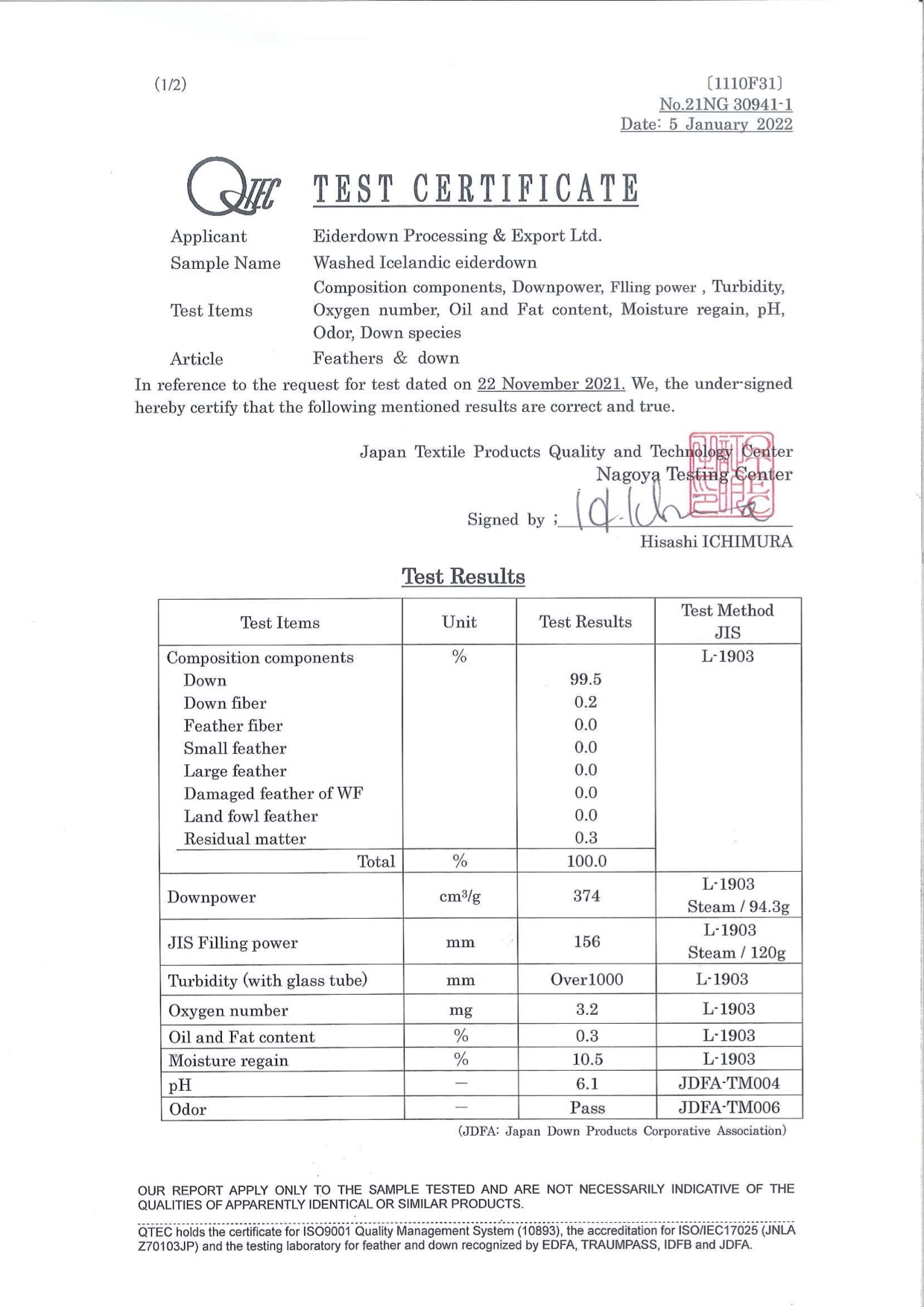Miðhús, - was for the past century run by capable women managers
Inga’s daughter, Ólína Kristín Jónsdóttir, born 1931, owned and ran the farm from 1955 and was active in all aspects of the eiderdown business, from harvesting, processing, washing the raw material to goods manufacturing and sales. For the last time she took part in harvesting raw material in the Miðhús isles in 2019 and also visited Midhus in the 2020 season, a few weeks before her death. Currently, Midhus is owned by Ólína´s four children, and the eiderdown business is run by her oldest son, Jón Sveinsson. Knowledge and professionalism have been passed on through generations of Miðhús owners. Miðhús is where knowledge and professionalism have been passing from one generation to the other. This is reflected in the eiderdown. Its quality may be observed after the down has mechanically processed as well as washed in a mixture of clear cold water from a Miðhús mountain spring and warm water piped from a geothermal well in the nearby village of Reykhólar. Our eiderdown has been tested by The IDFL in USA and QTEC in Japan.



